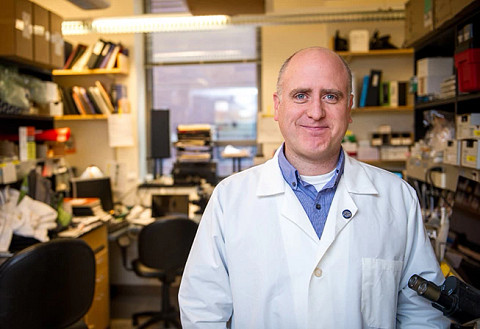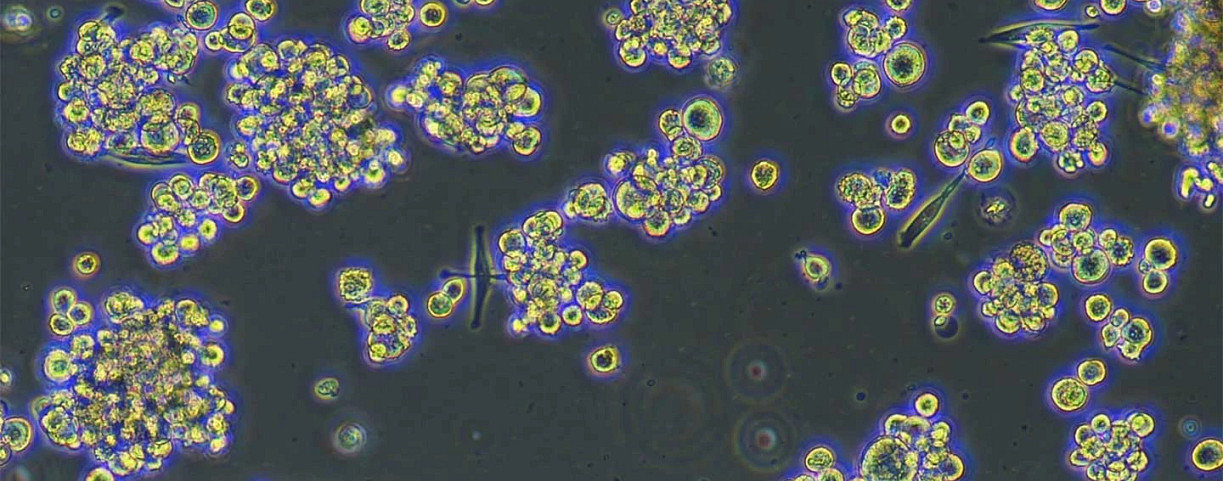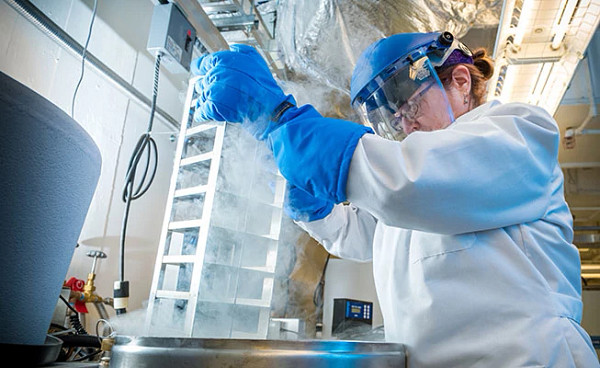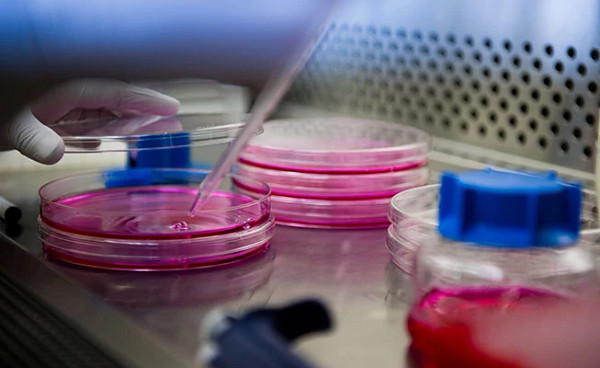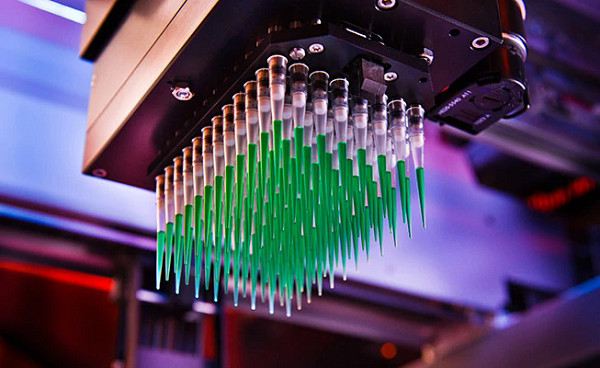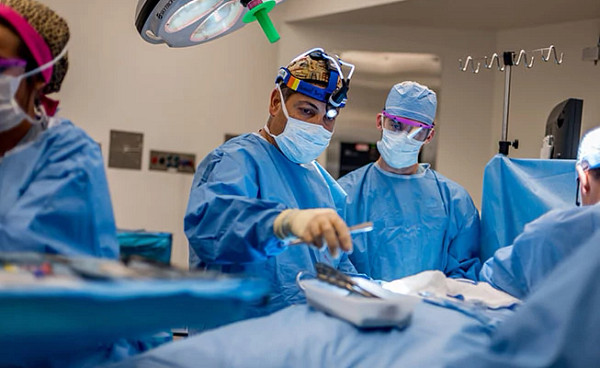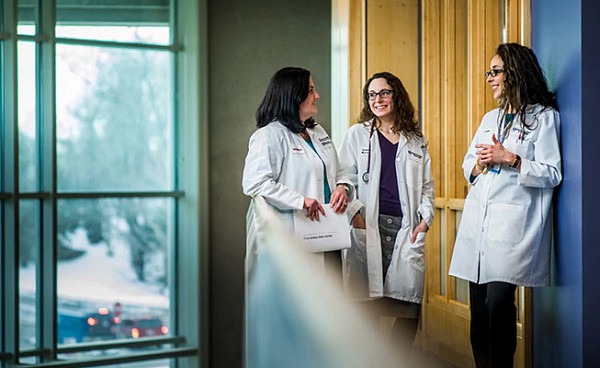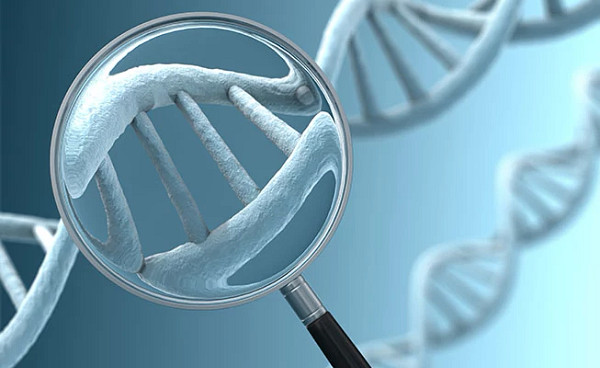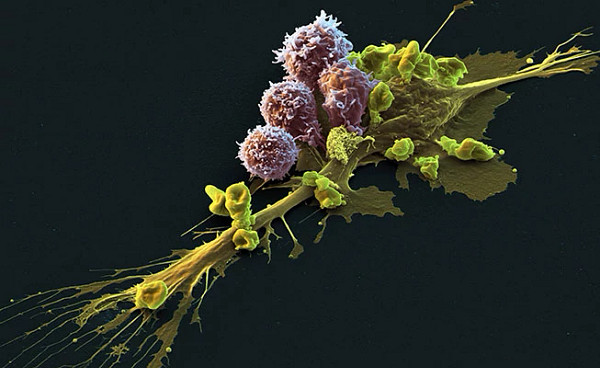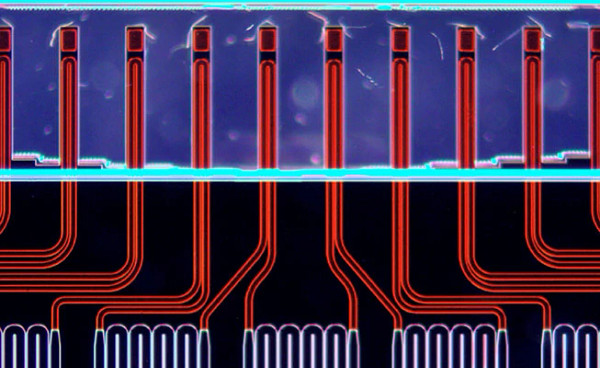Advances in our ability to make cancer models from individual patients have created a great opportunity and a new need to incorporate individual patient model generation into clinical trials of experimental therapies. We can now use these models to test therapeutics almost in real time — to identify what therapy the patient may or may not be likely to respond to and therefore, have real potential to change cancer care.
The Center for Patient Derived Models (CPDM) facilitates model availability and quality for Dana-Farber investigators and the wider cancer community. CPDM supports researchers by generation, characterization, storage, and distribution of models of various types, including patient derived cell lines (PDCL), patient derived xenograft models (PDX), and fresh cell preparations.
Our Center's Goals
- Method Development: Develop and use novel modeling and testing methods for patient derived models.
- Cancer Models: Increase the number of characterized patient derived models available in all adult and pediatric cancers.
- Infrastructure: Create a centralized and specialized infrastructure and resource to enable better access to patient derived cancer modeling capabilities across Dana-Farber, Brigham and Women's Hospital, and Boston Children's Hospital.
- Functional Diagnostics: Accelerate the use of patient derived cancer models as functional diagnostic assays for sensitivity testing in clinical trials and validated clinical indications.
- Collaboration: Develop relationships with industry and academia to access and assess new technologies – to develop, characterize, and test patient derived cancer models.
